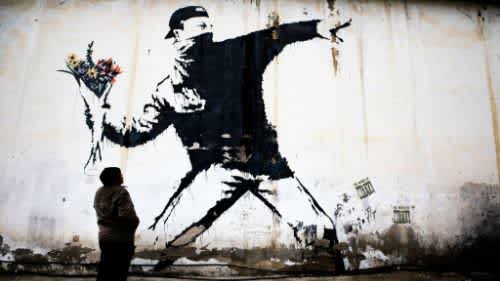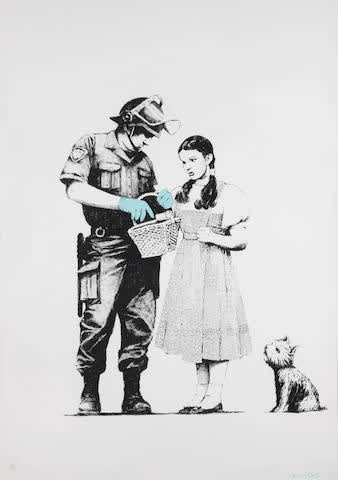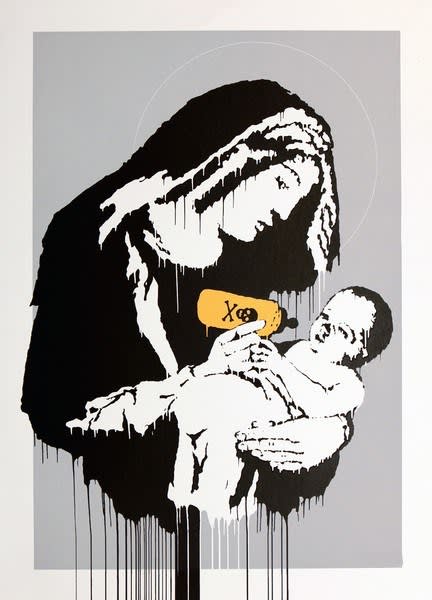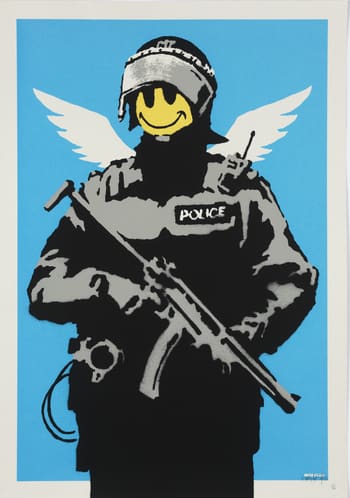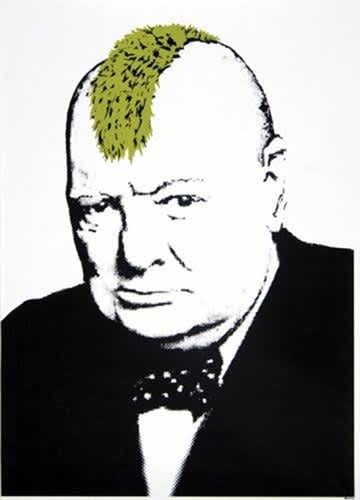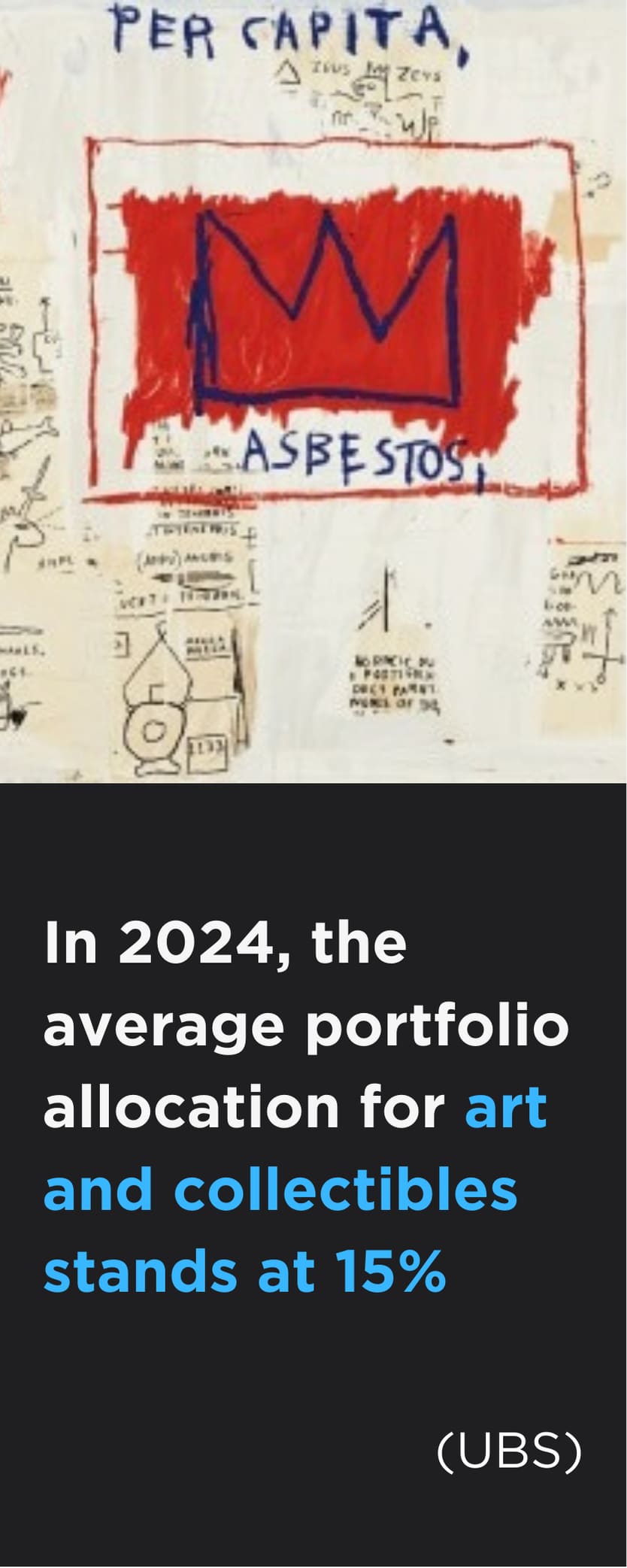From unofficial biographies to documentaries, many have explored the life of Banksy. However, little has been written about his formative years, which characterised the graffiti aesthetic of the 1990s and the world of street art. Why does Banksy use stencils? Find the secret to the Banksy stencil technique and more as we explore his epic rise to celebrity.
From unofficial biographies to documentaries recounting the rise of the artist, many writers and directors have explored the life of the clandestine creative. However, little has been written about his formative years that ended up characterising both the graffiti aesthetic of the 1990s and street art to come. Although his career has now been defined by record-breaking auction results and radical immersive works, his epic rise to celebrity status makes Banksy’s story even more fascinating. Here, we outline a short biography of the artist, focusing on the milestones that the art world have previously overlooked.
Youth and Banksy
In 2003, Banksy anonymously told The Guardian newspaper that his parents still think he is a “painter and decorator” – a lie that continues to protect both them and himself. His secretive approach to graffiti began in his youth as the artist’s parents sternly warned him to steer clear of the large groups of youth who would gather on the rough Bristol streets of Redfield at night. Secretly joining them against his parents’ wishes, it was on these streets that the young Banksy came into contact with the DryBreadZ crew — a Bristol based graffiti group. With the support of the group, Banksy began graffiting across Bristol, writing the words ‘Banx’ and ‘Banksy’ on bus stops, shops windows and phone booths all over the city.
One Graffiti Bomb At A Time
Banksy was the first to move the needle on the UK’s graffiti scene, defining Bristol’s graffiti aesthetic in a way that has had a lasting effect on street art across the world. He’s known for epochal works which have fetched hundreds of thousands of pounds globally, which has earned him a place on Time Magazine’s most influential people in the world list (he fittingly wore a brown paper bag in his profile photo). However, it’s Banksy’s role popularising graffiti bombing that has shaped the career of every street artist working today.
If you’ve left your office or taken a stroll from your work-from-home desk, you’ll probably have seen a bomb. Graffiti bombing is the practice of spray painting a graffiti writer’s name — commonly known as their tag — all over a public space, and it was popularised by Banksy on the streets of his hometown. Both the threat of being caught and the danger of the streets meant that Banksy had no time to waste. Whilst socialising with his friends, he would quickly cover any surface available with his tag, which he had now decided on: Banksy.
Stenciling For Survival
Banksy is hailed as the defining graffitist of our time, known for his stenciling style, which he developed in the late 1980s as a way to stay safe on the streets and not get arrested. Using a pre-made stencil, he could perfect the works ahead of time. He has since said of this style: “As soon as I cut my first stencil I could feel the power there. I also like the political edge. All graffiti is low-level dissent, but stencils have an extra history. They’ve been used to start revolutions and to stop wars”. It was this innovative trope that would take him to his next obstacle, the white cube art galleries of London.
Anonymity Or Nothing
By the 1990s, Banksy had established himself with a cult status that had transcended his West Country roots and gone transatlantic to the United States. In 1990 he moved to London and his works Mild Mild West and Sharks put him on the map as the new agent provocateur of the art world. It was during the early London years that he painted his much lauded Boy with Gun — depicting a young boy soldier with a fully loaded gun, and Banging Your Head Against a Brick Wall, a meta reference to a bourgeois art world trying to figure out who he was.
A Funeral And A Lesson
In 2007, Banksy lost his friend, the fellow graffiti artist Ozone, who was hit by a underground train whilst he was running away from police. This impacted the artist immensely on a personal level, and his work became even more political. Spurred on by grief, it was at this time that Banksy the global superstar emerged — collected by celebrity art fans including Leonardo di Caprio and Brad Pitt. With this huge audience and devoted fanbase, he continued to cause shock and inspire awe with works including Street Maid in Chalk Farm, London, and Think Tank — the album artwork for Blur’s namesake album.
Banksy Shows His Face
By the late 2010s, Banksy started asking more questions that he was answering, shocking his fans with overnight artworks across the world. It was at this time that Banksy also showed his face, almost. In a behind the scenes video shot for his 2003 exhibition ‘Turf War’ he shows his eyes and speaks to the camera. The video was locked away for years and was rediscovered in 2017, fueling even more rumours about Banksy’s identity with his global fanbase.
Banksy The Fine Artist
The Walled Off Hotel is Banksy’s most political work to date. It’s also affirmed his place as an artist within street and fine art. No longer was this a graffiti artist running away from the police, he was a contemporary artist deserving of a place in the major art galleries of the world. From his recent pledge to sell one of his murals to save Reading prison to his ‘bombs’ which still appear on streets worldwide today, his status in art history is undisputed.
This status is abundant in the ‘Walled Off Hotel’ in Palestine. Made after painting a series of murals on the walls of the Westbank that separate Israel and Palestine, this hotel is the pin in Banksy’s career. Located in the middle of a warzone, his hotel installation spotlights how this is no longer only a graffiti artist risking arrest, he’s an artist with a legacy that will endure. Today, he’s just as much of an enigma as he always has been. Prompting his audience to ask the question they did when he first broke onto the scene in the 1980s — who exactly is Banksy?
BANKSY, CHOOSE YOUR WEAPON - COOL GREY, 2010
